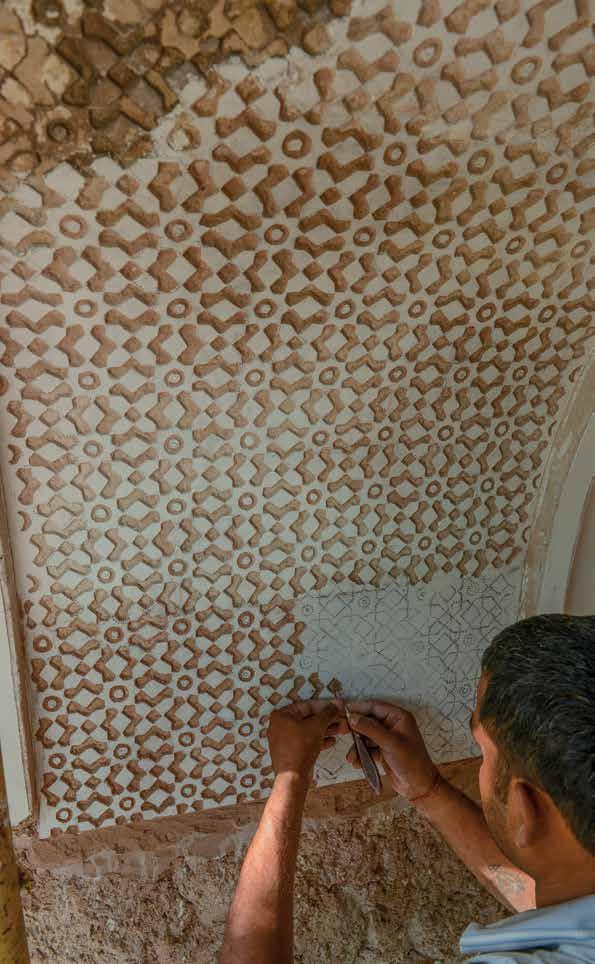
2 minute read
Foreword
foreword interglobe foundation
India is home to inspiringly rich historical heritage and cultural tradition. Our history, spanning through the contours of this country, is invariably striking in all its diversity and forms. The efflorescence of these age-old civilizations, exquisite architecture, literature and art, euphonious music and poetry are adeptly corroborated in the monuments adorned with intricate sculptures and designs, bringing our history to life every time it is revisited.
Advertisement
The subaltern history, reflecting life stories of the common man; the architects and the builders of stunning Indian monuments; the painters and the writers who were as much a part of the historical process as the history itself, seem to have quietly escaped our attention. As the famous historian D.D. Kosambi once rightly stated, “History is not stored in archives alone; it’s lying at people’s doorstep.” It is this emphasis and endeavour by Aga Khan Trust for Culture (AKTC) to unveil and preserve history by moving closer to people, through a craft-based conservation approach, that resonates with InterGlobe Foundation’s (IGF) commitment to protect and conserve India’s heritage and culture for generations to come.
What could have been a better opportunity than to be able to channelize our efforts to join hands in reviving the art and artistry of a person of such magnified stature like ‘Abdur Rahim Khan-i-Khanan (fondly known as Rahim) and the tomb itself? The tomb is believed to be a precursor and inspiration to the masterpiece belonging to Shah Jahan’s era, the Taj Mahal. Rahim, one of the navratnas in the court of Mughal Emperor Akbar, was a distinguished persona, exuding unmatched excellence in diverse fields. In addition to being a strong administrator and a methodical military commander, he was also a great scholar and a poet. His works referred to as Rahim ke Dohe (Rahim’s dohās) are popular even today. The monument was originally built for Rahim’s wife, and later, Rahim was buried there too. Being the first ever Mughal tomb built for a woman, this is one of the very significant mausoleums of the Mughal era.
At IGF, our aim is to revive the artistic forms and cultural expressions coupled with physical restoration of ‘Abdur Rahim Khan-i-Khanan’s tomb. Compilation of Rahim’s literary works and disseminating this collected knowledge through publications, films, music recordings and exhibition are an important component of this intervention. We believe this will help scholars to interpret the tomb’s influence on the construction of the Taj Mahal as well as its rightful inclusion within the extended Humayun’s Tomb World Heritage Site.
AKTC, through its effort, is remarkably blending conservation with environment and socio-economic development, thereby aiming at improving the quality of life for local communities. We extend heartfelt appreciation to the zealous efforts undertaken by AKTC, which has breathed life into this restoration. With an increased awareness of such a significant segment of history, IGF will continue to contribute towards the preservation of our cultural and historical legacy with utmost dignity and pride. We hope you will enjoy reading the book and discover the multifaceted personality of Rahim.
Rohini Bhatia Director, InterGlobe Foundation
Master craftsmen restoring incised plasterwork in the lower arcade, where each arch has a unique pattern. ‘Abdur Rahim Khan-i-Khanan tomb, New Delhi.






